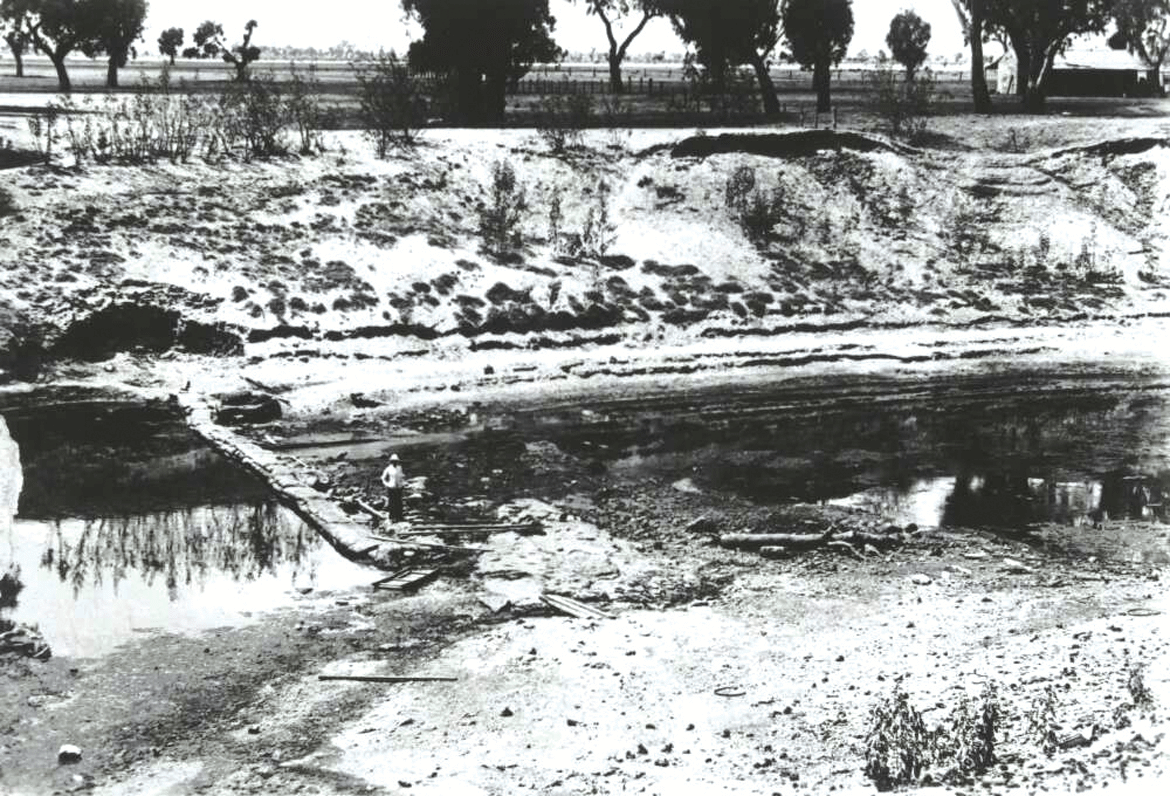Researchers at CSIRO have reconstructed the nation’s ‘once in a century drought’ from the early 1900s. The reconstruction revealed that it caused mass ecosystem collapse and dramatic declines in plant and animal populations across more than a third of the continent.
As part of efforts to prepare for and adapt to future droughts, CSIRO ecologists recreated the megadrought through historical records.
“With many of Australia’s landscapes more fragmented and degraded, and species under pressure from invasive plants and animals, a similar drought today could spell disaster on an even more devastating scale,” CSIRO researcher Dr Robert Godfree said.
Australia’s Federation Drought, spanning 1895 to 1903, was one of the world’s worst ‘megadroughts’ ever recorded.
“Australia saw widespread economic depression,” Dr Godfree said.
“Wildlife and stock starved or died of thirst. Tens of millions of sheep and cattle were killed, and hundreds of millions of rabbits died of starvation after stripping the landscape of its plant life.”
Ecologists found this megadrought also saw significant effects on Australia’s unique biodiversity.
“The Federation Drought had the biggest documented impact on plants and animals across a continent yet studied,” Dr Godfree said.
“We overlaid this with historical rainfall records and travelled to severely impacted areas, many of which still show effects of the drought to this day.”
Dr Godfree said the historic study provides lessons for the possible future impacts of droughts on biodiversity, and shows megadroughts can be potent drivers of rapid, macro-scale ecosystem degradation and collapse.
“In the future, we hope to be able to determine whether a location is at immediate risk of biodiversity loss during extreme drought and take action to prevent it,” Dr Godfree said.
“Right now, we need to focus on building resilience to drought by maintaining healthy ecosystems as an insurance against future drought impacts.”
ABOVE: Extremely low water level in the Darling River NSW, c.1902
CREDIT: National Library of Australia.







COMMENTS